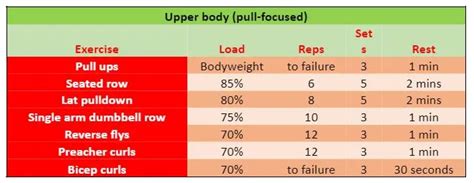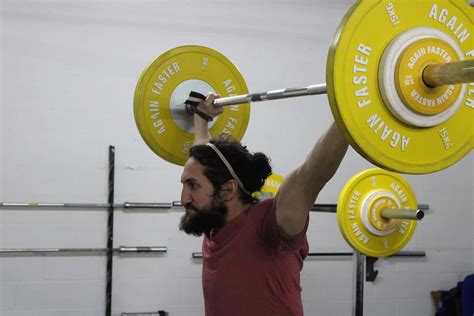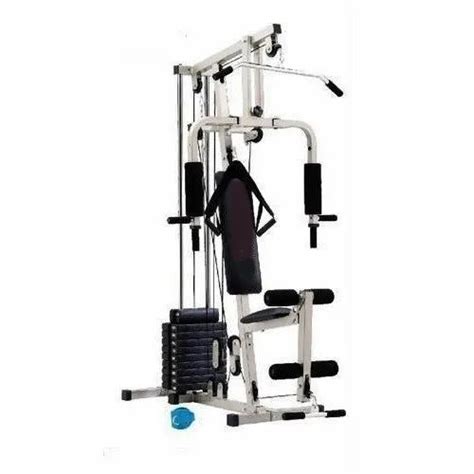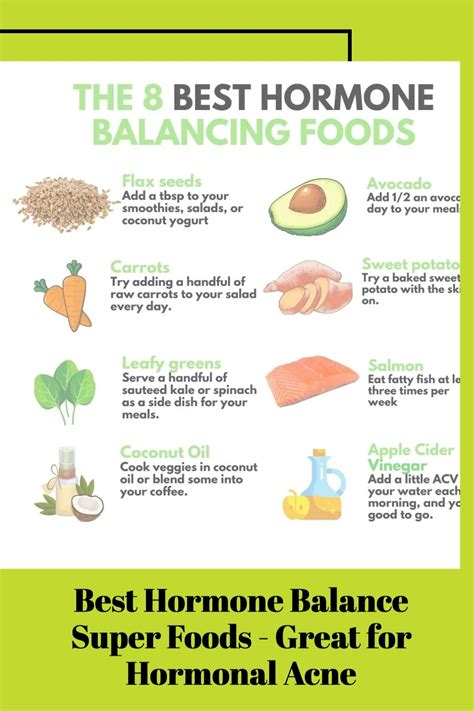Optimize workout intensity for peak strength & hypertrophy?

Understanding Workout Intensity: The Key to Gains
Optimizing workout intensity is not just about lifting heavy; it’s about strategically applying effort to maximize your body’s adaptive response for specific goals like strength and muscle growth (hypertrophy). Getting it right can unlock plateaus and propel your progress, while getting it wrong can lead to stagnation, overtraining, or injury. This guide will delve into the science and practical application of intensity to help you master your training.
Defining Intensity: Beyond Just Weight
In the context of resistance training, intensity refers to the level of effort exerted during a set. While often equated with the amount of weight lifted (absolute intensity), relative intensity—how close you come to muscular failure—is equally, if not more, critical for driving adaptations.
Rate of Perceived Exertion (RPE) and Reps in Reserve (RIR)
These two subjective scales are invaluable tools for gauging relative intensity:
- RPE (Rate of Perceived Exertion): A scale of 1-10, where 1 is no effort and 10 is maximal effort (could not complete another rep).
- RIR (Reps in Reserve): How many more repetitions you could have performed with good form before reaching muscular failure. RPE 10 = 0 RIR, RPE 9 = 1 RIR, RPE 8 = 2 RIR, etc.
For strength, training often involves higher RPEs (8-9) or lower RIRs (1-2) with heavier loads and fewer reps. For hypertrophy, a broader range of RPEs (7-9) or RIRs (1-3) can be effective, often encompassing moderate loads and higher rep ranges, but always pushing close to failure.

Progressive Overload: The Non-Negotiable Principle
Regardless of your intensity strategy, progressive overload is the foundational principle for continued gains. It means consistently challenging your muscles over time. This can be achieved by:
- Increasing the weight (most common)
- Increasing repetitions with the same weight
- Adding more sets
- Decreasing rest times between sets
- Improving exercise technique for greater efficiency
- Increasing training frequency
Without progressive overload, your muscles have no reason to adapt and grow stronger or larger.
Optimizing Intensity for Peak Strength
To maximize strength, your training should primarily focus on:
- Heavy Loads: Working with weights that allow for 1-5 repetitions per set (around 80-95% of your 1-rep max).
- High Relative Intensity: Aim for an RPE of 8-9 (1-2 RIR) to ensure sufficient stimulus without excessive fatigue that could compromise form or recovery.
- Neuromuscular Adaptation: Heavy loads train your nervous system to more efficiently recruit muscle fibers and coordinate movement, which is crucial for strength.
- Adequate Rest: Longer rest periods (2-5 minutes) between sets are essential to allow for phosphocreatine system recovery and sustained high power output.

Optimizing Intensity for Hypertrophy (Muscle Growth)
While heavy lifting contributes to hypertrophy, muscle growth also thrives on:
- Moderate Loads & Reps: The traditional hypertrophy range of 6-12 reps with moderate weight (60-80% of 1RM) is highly effective. However, recent research shows that even lighter loads (15-30+ reps) can be effective if taken close to failure (0-1 RIR).
- High Volume: A sufficient total number of challenging sets and reps per muscle group per week is critical.
- Metabolic Stress & Time Under Tension: Training with moderate loads closer to failure generates metabolic byproducts (e.g., lactate) and extends time under tension, both of which are thought to contribute to muscle growth.
- Training to Failure (Selectively): While not necessary for every set, occasionally pushing sets to muscular failure (0 RIR) can be a potent stimulus for hypertrophy, especially with moderate loads. Be mindful of accumulated fatigue.

The Role of Periodization: Cycling Your Intensity
Continuously training at peak intensity is unsustainable and can lead to burnout, overtraining, and injury. Periodization involves strategically varying training intensity, volume, and exercise selection over time to optimize performance and recovery. Common approaches include:
- Linear Periodization: Gradually increases intensity while decreasing volume over a training cycle (e.g., starting with higher reps/lower weight, progressing to lower reps/higher weight).
- Undulating Periodization: Varies intensity and volume on a more frequent basis (e.g., daily or weekly), allowing you to train for strength, hypertrophy, and endurance within the same microcycle.
Incorporating deload weeks or cycles of lower intensity allows your body to recover, adapt, and be ready for the next phase of intense training, preventing plateaus and promoting long-term progress.

Practical Application Tips
- Track Your Progress: Keep a detailed training log (weights, reps, RIR/RPE). This allows you to objectively measure progressive overload and adjust intensity as needed.
- Listen to Your Body: Some days you’ll feel stronger, others weaker. Adjust your RPE/RIR targets accordingly rather than rigidly sticking to pre-planned numbers.
- Don’t Fear Deloads: Proactively schedule deload weeks to manage fatigue and prevent overreaching.
- Master Form First: Intensity is meaningless without proper technique. Ensure you can perform an exercise correctly before attempting to push heavy loads or high RPEs.
- Experiment: Different individuals respond differently to various intensity schemes. Find what works best for your body and goals.

Conclusion
Optimizing workout intensity is a sophisticated dance between pushing your limits and allowing for adequate recovery. By understanding and strategically applying concepts like RPE, RIR, progressive overload, and periodization, you can fine-tune your training to consistently stimulate new strength gains and significant muscle hypertrophy. Remember, consistency and smart application of effort are your most powerful tools on the path to a stronger, more muscular physique.






